Have you heard the term crown from your dentist without really understanding what they are talking about? Some people also use the word “cap”. The use of different words and the assumption that you know exactly what we are talking about can lead to some confusion.
Dental Crowns
In dentistry, we use the term “crown” in two different ways. One use describes a specific portion of a natural tooth, and the other describes a dental restoration.
Crown as an Anatomical Term
When considering the anatomy of a tooth, the crown is the portion covered by enamel. In a healthy mouth, the crown is the only portion of the tooth not covered by gum tissue. In unhealthy mouths, often both the crown and root are exposed to the mouth due to gum recession. In an opposite, but also unhealthy, scenario, the crowns can be covered by inflamed gum tissue so that they are not fully exposed to the mouth.
Crown as a Dental Treatment
We also use the word crown to describe a type of dental restoration that covers the entire anatomical crown of a tooth. Enamel functions as a protective covering of the exposed portion of a tooth, and if something disrupts this protective covering, you have to replace it with an artificial one. A dental crown restores a tooth back to its correct shape, size, contour, and function. 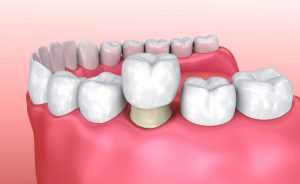
Why do Some Teeth need Crowns?
There are several reasons that a tooth could need a crown. Because its purpose is to restore a crown back to normal form and function, the overall problem causing the need for a crown is breakdown of the tooth. A crown can also serve protective and preventive purposes.
- Large Cavities
When decay destroys tooth structure, a dentist’s ability to rebuild it with a filling depends on how much good, healthy tooth structure is left. In general, if less than half of the tooth remains after cavity removal, the tooth cannot support a filling and requires a crown to properly restore it.
- Extreme Wear
A dental crown may be necessary to rebuild a tooth that suffers extreme wear or breakdown from other damaging factors besides cavities. People who clench and/or grind their teeth heavily can remove significant amounts of enamel. Enamel is also at risk for acid erosion from severe acid reflux or bad habits with acidic foods & drinks (like sucking on lemons).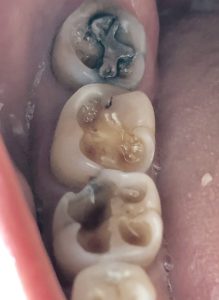
- Fractures
Heavy clenching and/or grinding at night can also lead to cracks in the teeth. A tooth with a fracture that goes past the enamel into the core structure of the tooth requires a crown to hold the tooth together and prevent further spreading of the crack.
- Root Canal Treatments
A root canal treatment removes the nerves and blood vessels from within the hollow chamber of a tooth. It is necessary to remove inflamed and infected soft tissue that can damage the surrounding jawbone. Because a root canal treatment removes the blood vessels, it removes the source of hydration from a tooth. This leads to a dehydration of the tooth, making it brittle and very likely to break. A crown is necessary to cover the tooth and protect it from breaking in its newly dehydrated state.
What are Crowns Made of?
There are several different materials available with which dentists can make crowns. We can break it down into four categories.
- Gold or Other All Metal Crowns – All metal crowns are very durable and require the least removal of tooth structure. The disadvantage is that they look either gold or silver in color and are not a cosmetic restoration.
- Porcelain-fused-to-Metal Crowns – These crowns are the traditional restoration for back teeth. The metal core provides strength while the porcelain coating improves the cosmetic appearance. They require more removal of tooth structure than metal crowns do.

- All Porcelain Crowns – The most cosmetic option, these crowns are made of porcelain only. They allow a natural translucence, which produces the best match to a “real” tooth. All porcelain crowns require the most removal of tooth structure because porcelain is brittle and breaks if it is too thin.
- Zirconia Crowns – This is a relatively new material, and it is increasingly popular due to its strength and cosmetic appearance. Zirconia crowns almost never break, and they are a solid tooth color, with no metallic appearance. They can be quite abrasive to the teeth that bite against them, so your dentist must be careful in selecting the right scenarios for this material.
More Questions about Dental Crowns?
Call today to schedule a consultation. We can answer any question you have about crowns and determine whether any of your teeth need them.
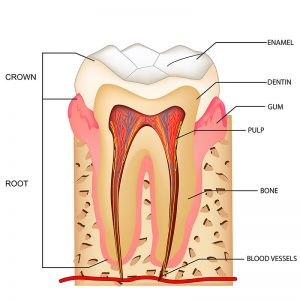
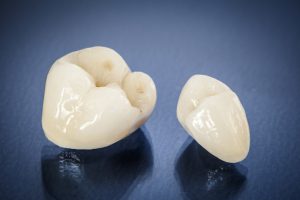

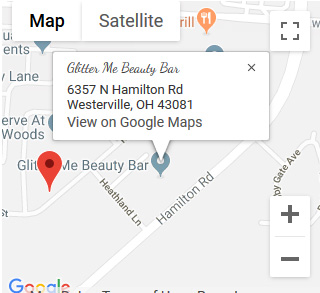
Comments are closed.